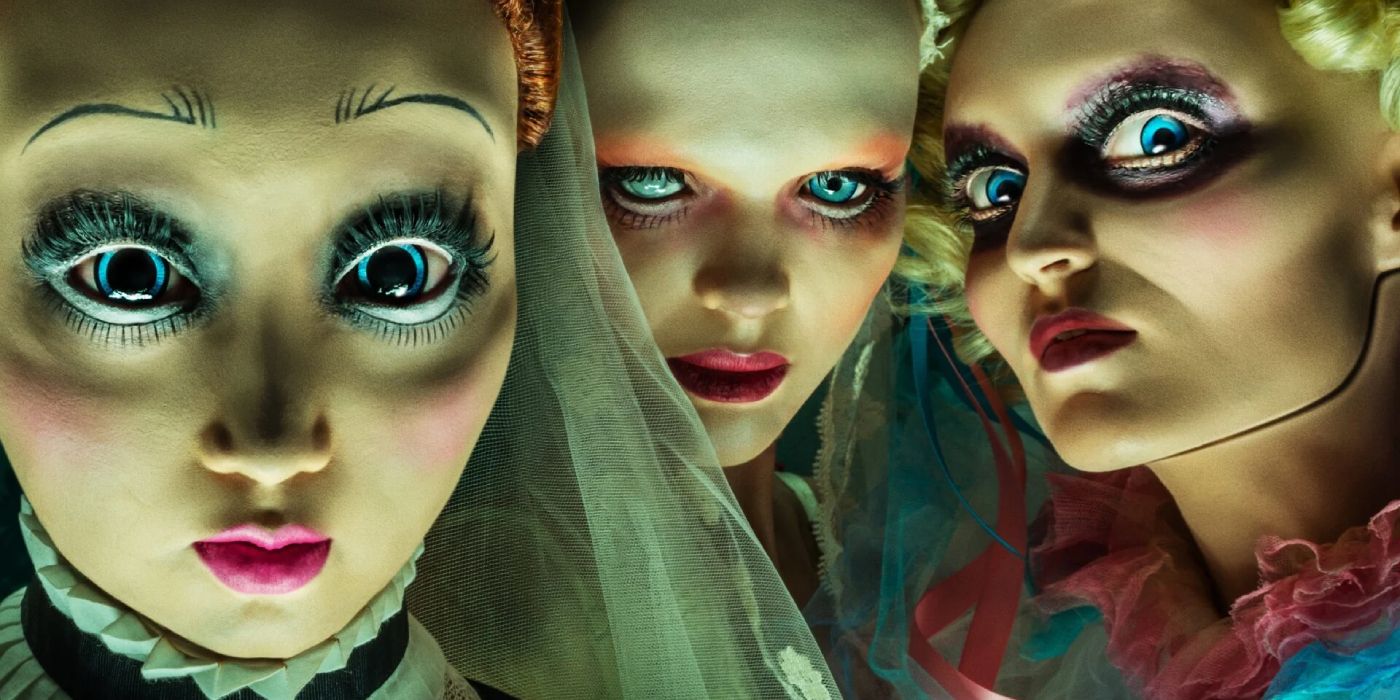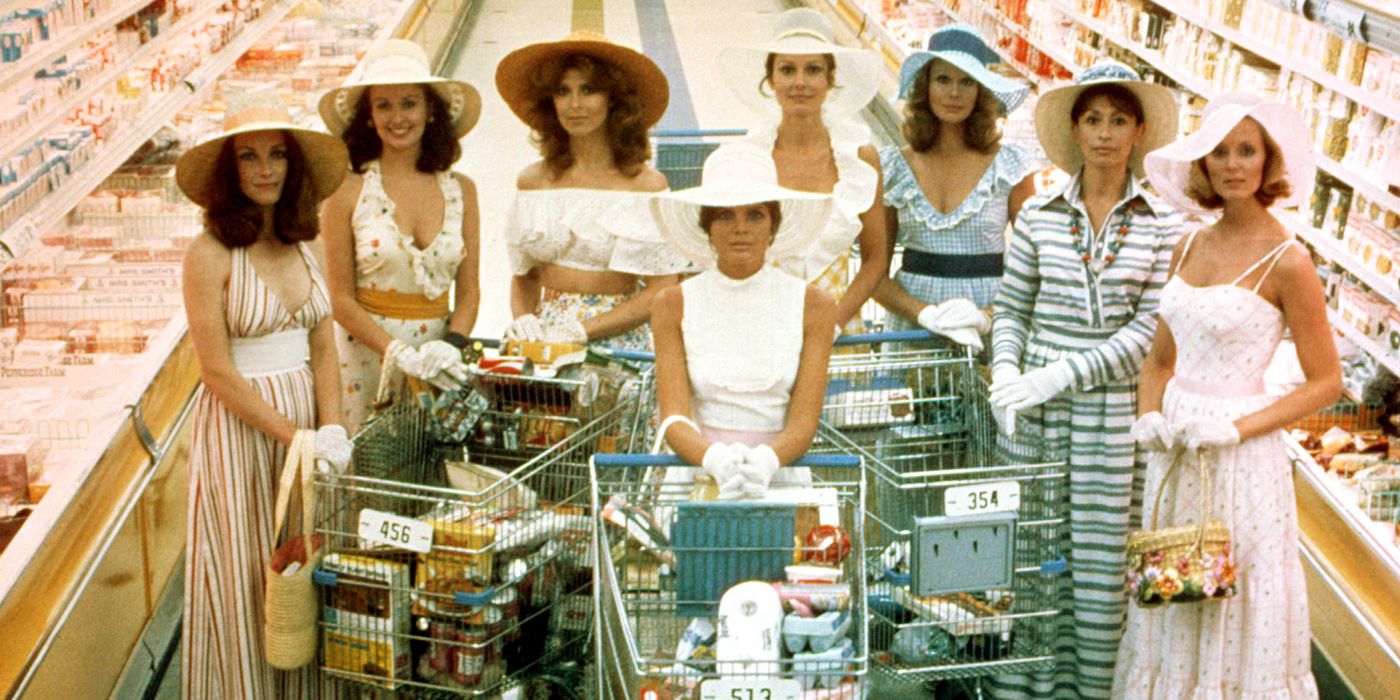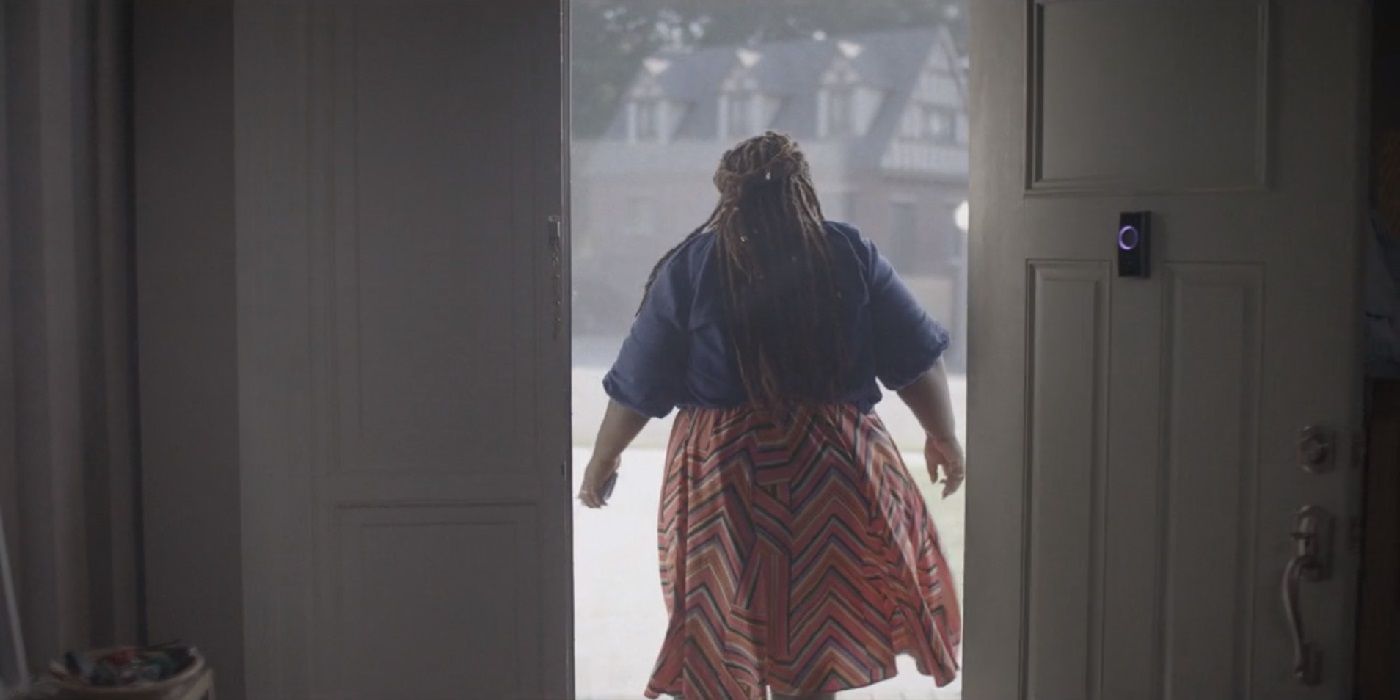The following contains major spoilers for Season 2 of American Horror Stories, currently streaming on Hulu.
From the beginning, the American Horror Story franchise has placed women at the center of its various morbid tales. That was on display most powerfully in Season 3, "Coven" -- which show-runner Ryan Murphy told Vulture in 2013 was "really about female power" -- but remains a staple throughout the core series. The Grand Guignol template of victims, oppressors and revenge works well for the dynamic, as female characters struggle for expression and equality against a world dedicated to their oppression.
It's also involved a good deal of influence from earlier feminist horror movies, which it riffs on with the same enthusiasm the franchise as a whole does for other classics of the genre. Season 2 of American Horror Stories has reflected the same trend, and without the extended arcs of its parent series, it wears its references more openly on its sleeves. Every episode so far this season has been inspired by a different piece of feminist horror, and the rest of the season doesn't look to alter course.
It starts with Season 2, Episode 1, "Dollhouse," which entails a deranged toymaker in search of the "perfect" mother for his little boy to replace the real one he had murdered. He kidnaps a number of young women: locking them in a life-sized dollhouse on his estate and forcing them to dress and act as living playthings. Their doll outfits invariably reflect patriarchal women's roles such as maids, brides and waitresses, and their circumstances involve bizarre competitions around domestic activities such as table settings and ironing, with the lowest-performing woman killed each time. The "winner" is encased in plastic to become a permanent "living Barbie" until rescued in the episode's finale by a pair of witches from The Coven.
The episode's obvious reference point is 1975's The Stepford Wives, about a small town whose women are murdered and replaced with robot lookalikes. The replacements act like ridiculous patriarchal stereotypes of the "perfect" woman -- giving the story its bite and leading to a more comedic remake in 2004 -- but the underlying subtext is profoundly unsettling. The AHS franchise has thrived on a similar blend of outward camp hiding deep and abiding terrors beneath. "Dollhouse" shares the implications of its female characters being reduced to literal objects.
Season 2, Episode 2, "Aura" tells the story of a traumatized wife who installs a new security monitor in her home, only to find it picking up the emanations of unquiet spirits. Things take a turn when the ghost of her husband's murdered fiancé turns up, followed in short order by the ghost of her husband once said ghostly fiancé has taken her revenge. The story loosely but firmly echoes 2009's Paranormal Activity (among others), which also featured a gaslighting husband trying to convince his endangered wife that the supernatural incursions were all in her head.
Episode 3, "Drive," ostensibly riffs on the old campfire story about a killer waiting in the back seat of a car. More specifically, it emulates 1977's Looking for Mr. Goodbar, based on a true story about a New York schoolteacher who lives a double life cruising for men in the city's bars. Her choices catch up to her when an unhinged one-night stand rapes and murders her in the film's dark finale. "Drive" updates the story for the new millennium, as its female protagonist frequents nightclubs despite evidence of a serial killer stalking the scene. She shares a number of features with Mr. Goodbar's heroine, including trauma around a perceived body flaw (in "Drive," it's a large facial birthmark, in Mr. Goodbar a scoliosis scar) and an apparent compulsion to seek wild flings regardless of the consequences. "Drive's" twist is that its heroine turns out to be the killer, luring sexist men into her car only to murder them in typically gruesome ways.
The franchise has never dealt in subtleties, so it's no surprise this new season wears its influences so openly. But the choices for American Horror Stories speak volumes about where the new season is headed. It's found diverse ways to express a subgenre very close to its heart, along with cinematic inspiration to match: moving in wildly different directions while still holding true to a common theme. (It's also updated the dark endings of each of those three earlier movies to find happier fates for its protagonists.) The remainder of the season -- with episode titles like "Milkmaids," "Facelift" and "Bloody Mary" -- suggests that they're just getting started, though whether American Horror Stories has anything beyond a loosely binding theme up its sleeve has yet to be seen.
New episodes of American Horror Stories stream every Thursday on Hulu.



